Gray living rooms are no longer chilly blank spaces—they’re vibrant canvases ready for personality. Designers now use gray as an adaptable backbone, layering shades for depth and then dropping in accents that speak to each homeowner’s mood. Even 2025’s upbeat guava trend proves how a single shot of saturated color can enliven the most muted gray living room. Mixed-texture seating clusters, sculptural lighting, and color-blocked walls are among the freshest moves shaping living rooms this year. At the same time, classics like crisp white trim, warm wood, and greenery continue to anchor gray schemes with familiar comfort. The twenty ideas below translate these insights into easy, practical steps you can apply right away.
1. Tone-on-Tone Layering for Depth
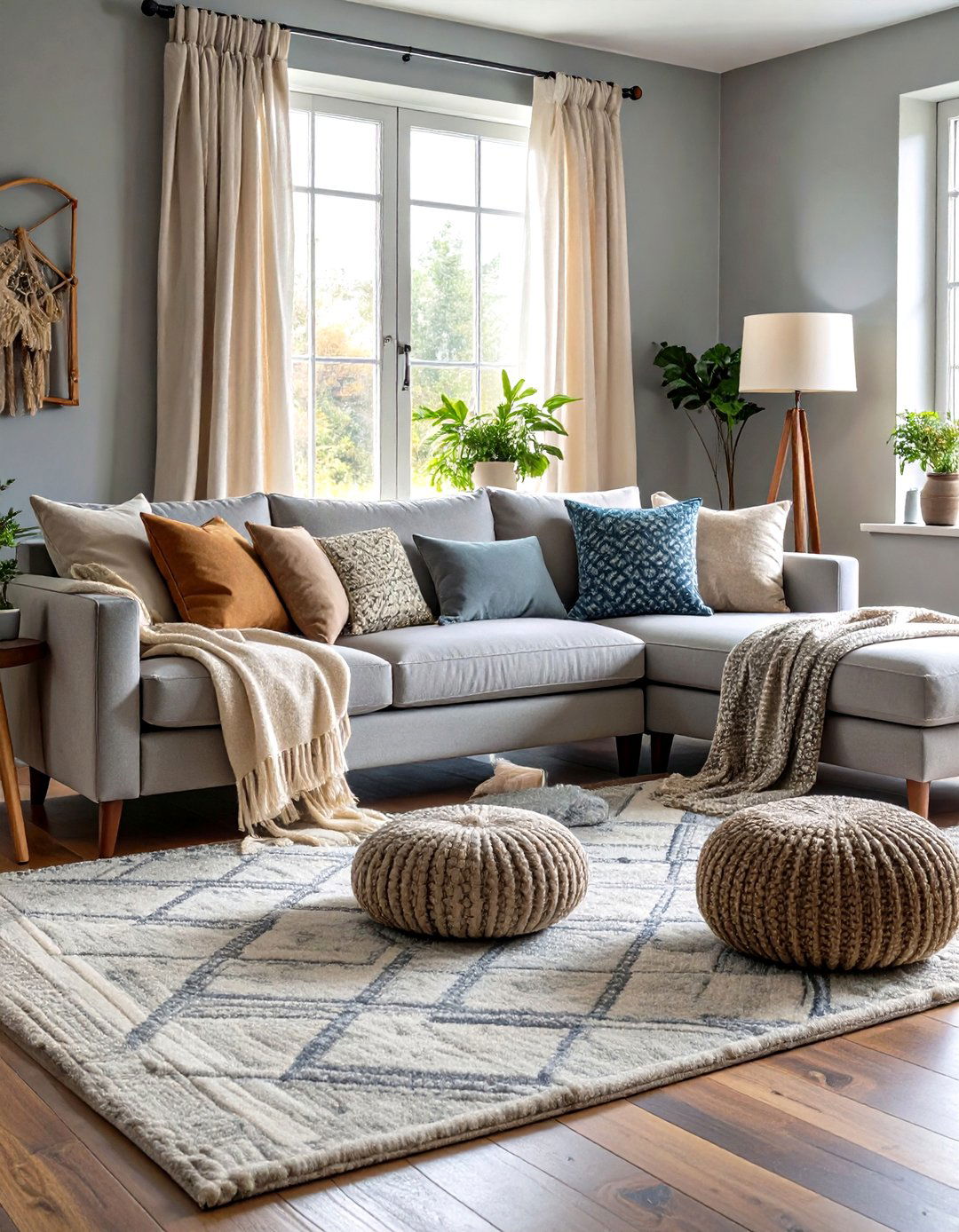
A whisper-soft palette of layered gray tones instantly makes a gray living room feel sophisticated rather than stark. Start by picking one dominant shade—mid dove or greige works well—and then introduce lighter and darker tints through rugs, pillows, and window panels so the eye keeps moving. Varying textures matters as much as the color shifts; combine matte wall paint, a nubby wool sofa, and a silken throw to create subtle contrast without leaving the gray family. Because every element shares the same base hue, the room feels calm, yet the tonal play prevents the monotone from reading flat. Finally, echo your lightest gray in ceiling paint or trim to wrap the space in cohesive quiet luxury.
2. Mustard or Ochre Bursts Brighten a Gray Living Room
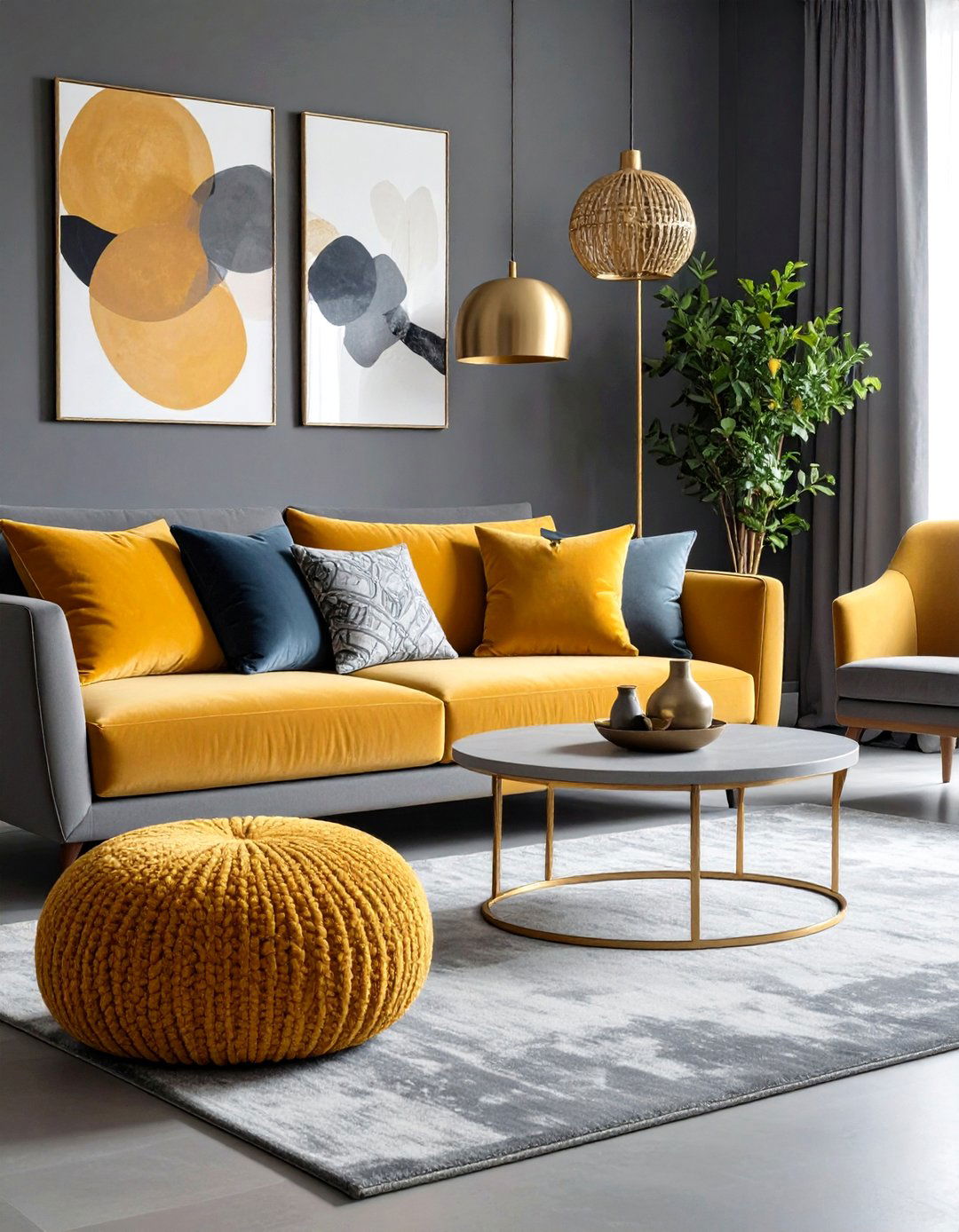
Unlike sugary pastels that can recede, rich mustard accessories strike a confident contrast against a gray living room backdrop and instantly warm the palette. Swap in ochre-velvet cushions, a ceramic lamp base, or framed abstract art to deliver concentrated energy without repainting walls. Designers recommend repeating the accent at least three times—think throws, vases, and a patterned rug—so the eye registers deliberate rhythm instead of random splashes. If you tire of the color down the road, fade it back into neutral storage and let gray’s neutrality host a brand-new hue. Soft metallic pieces in brass or aged gold amplify the mustard glow, giving the space a curated finish.
3. Natural Wood and Woven Texture Warm a Gray Living Room
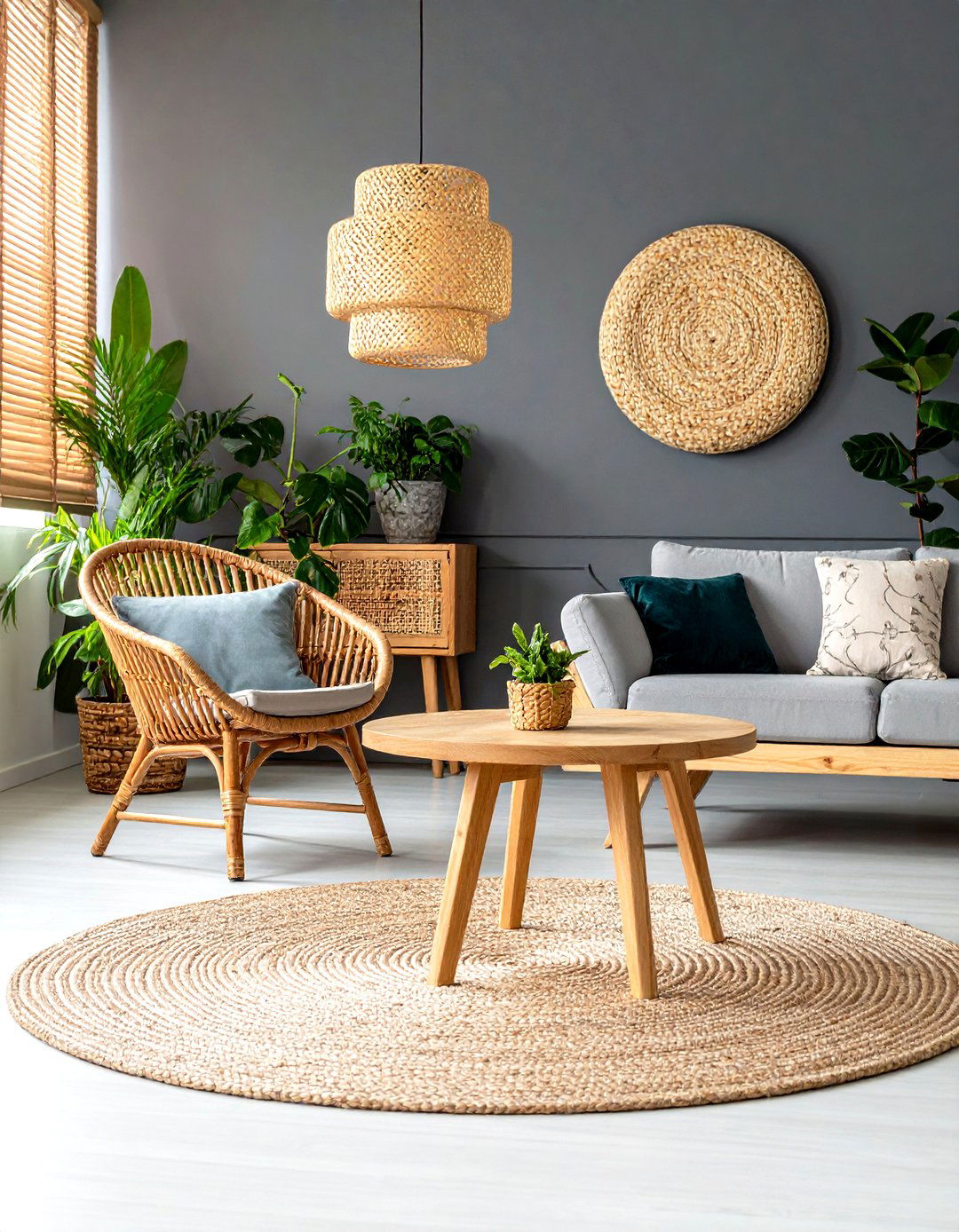
Certainly, few upgrades feel as grounding as weaving earthy materials through a gray living room. Choose a chunky oak coffee table, a rattan accent chair, or bamboo Roman shades to offset gray’s cool undertone with organic warmth. Layer jute or sisal rugs underfoot for tactile interest while letting their sandy hues subtly lift the entire scheme. Even small wooden picture frames or a teak tray on the sofa arm break up expanses of upholstery and paint, striking that coveted balance between sleek and cozy. Finish with a mix of dried grasses and leafy plants so the room feels alive, not austere.
4. Metallic Highlights Add Glam to a Gray Living Room
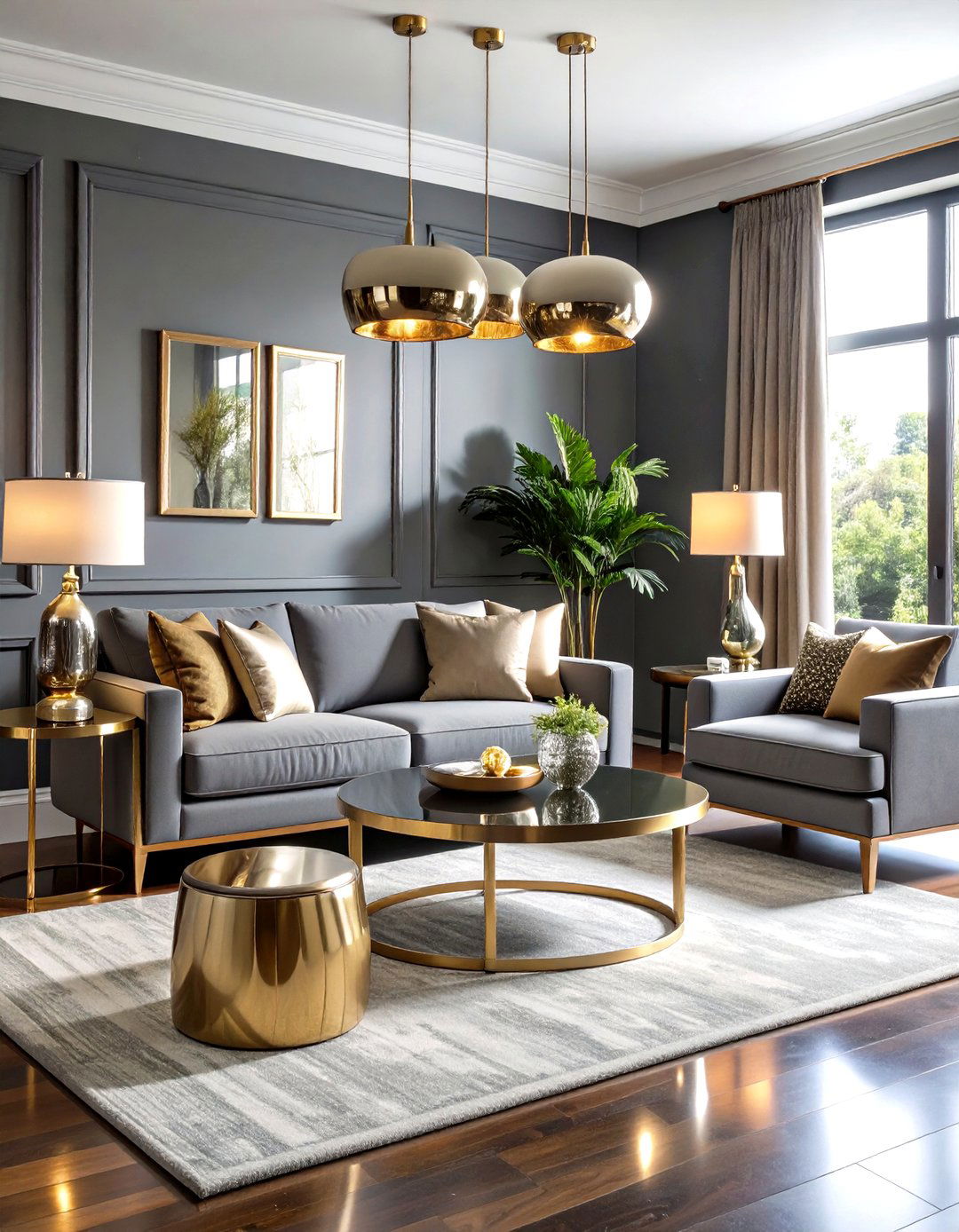
Take the glamour route by sprinkling metallic accents around your gray living room; the reflective surfaces bounce light and make every shade of gray appear richer. Polished brass side tables, brushed-gold lamp bases, or a chrome floor lamp can act like jewelry, elevating even budget furniture. Repeating one metal tone three times maintains cohesion; mix two finishes only if you vary their sheen levels so the look feels intentional. Mirror-edged trays on an ottoman add sparkle without clutter, while a slender metallic picture frame ties the scheme back to larger fixtures. Finally, balance all that shine with a soft wool throw so the room stays inviting rather than icy.
5. Statement Furniture Anchors a Gray Living Room
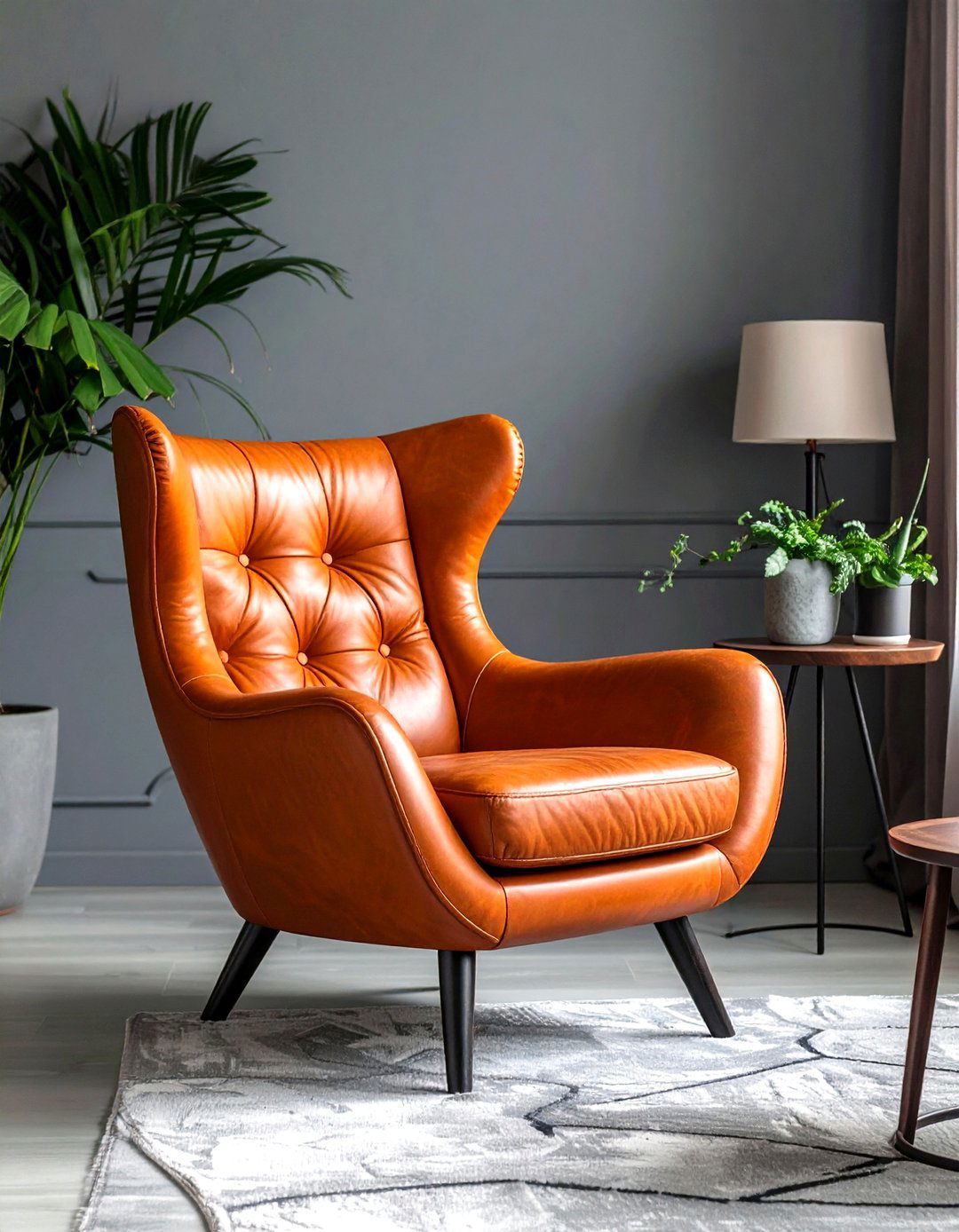
Looking for drama? One bold furniture piece—say a sculptural accent chair in burnt-orange leather—becomes the beating heart of a gray living room. Let the star item contrast in both color and silhouette, then echo its hue sparingly in cushions or art so the room still reads cohesive. Neutral gray walls behind the statement piece allow its curves and texture to command attention without visual noise. If your hero object is a sofa, balance it with simpler side tables and add layered lighting to spotlight its form after dark. The surrounding gray acts like gallery walls, ensuring your showpiece feels intentional and elevated.
6. Greige Hues Create a Cozy Gray Living Room
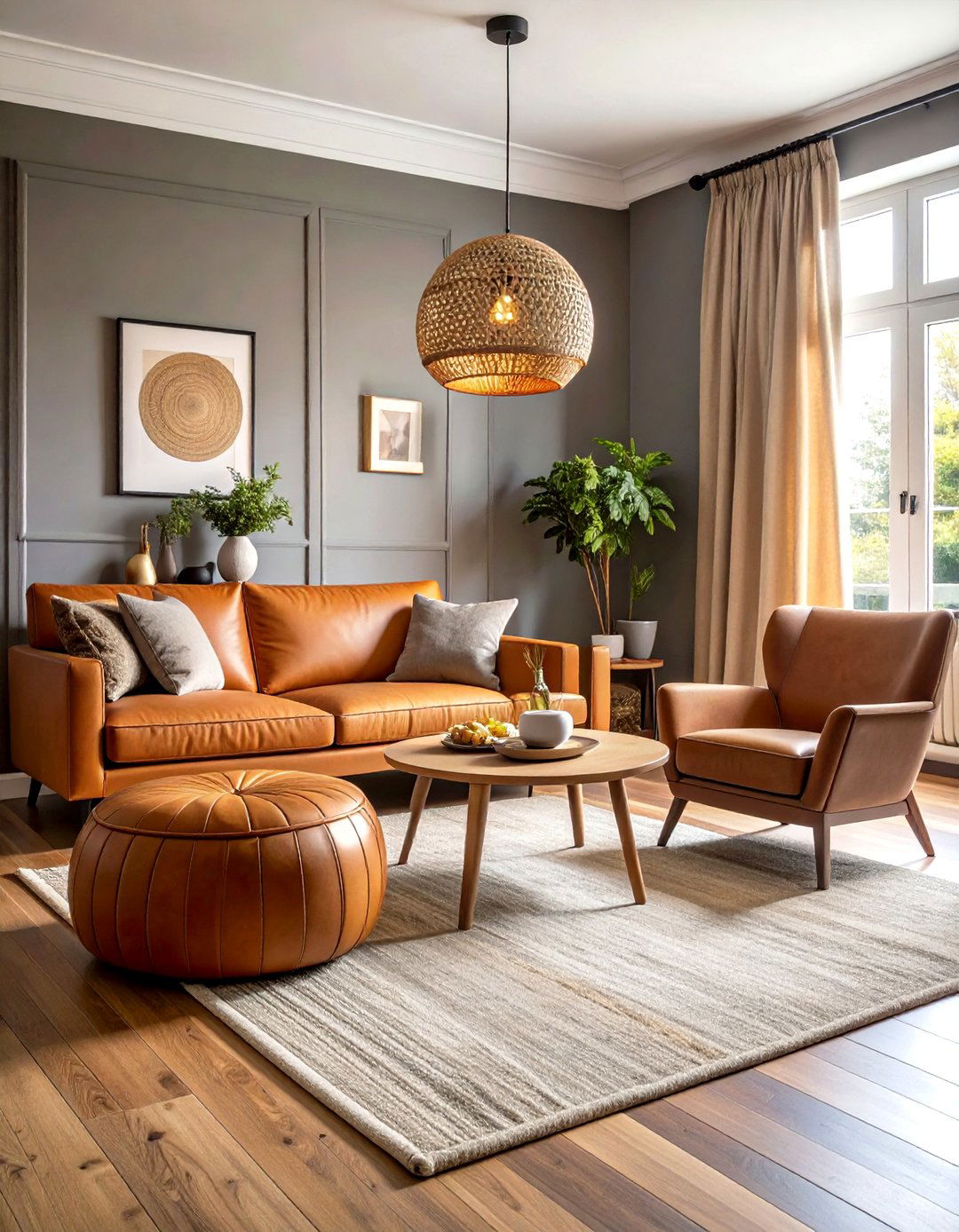
By blending a hint of beige into classic gray, greige paint delivers sleek modernity with a dose of warmth—ideal for a family-friendly gray living room. This subtle shift flatters wood floors and pairs effortlessly with earthy textiles such as camel leather poufs or linen curtains. Place indirect warm lighting, like ribbed-glass lamps, to coax out the beige undertone at night so the shade never feels chilly. Because greige sits in the neutral middle, you can introduce seasonal pillows—terracotta in autumn, sage in spring—without clashing. The atmosphere remains relaxed, refined, and ready for everyday life.
7. Lush Plants Revitalize a Gray Living Room
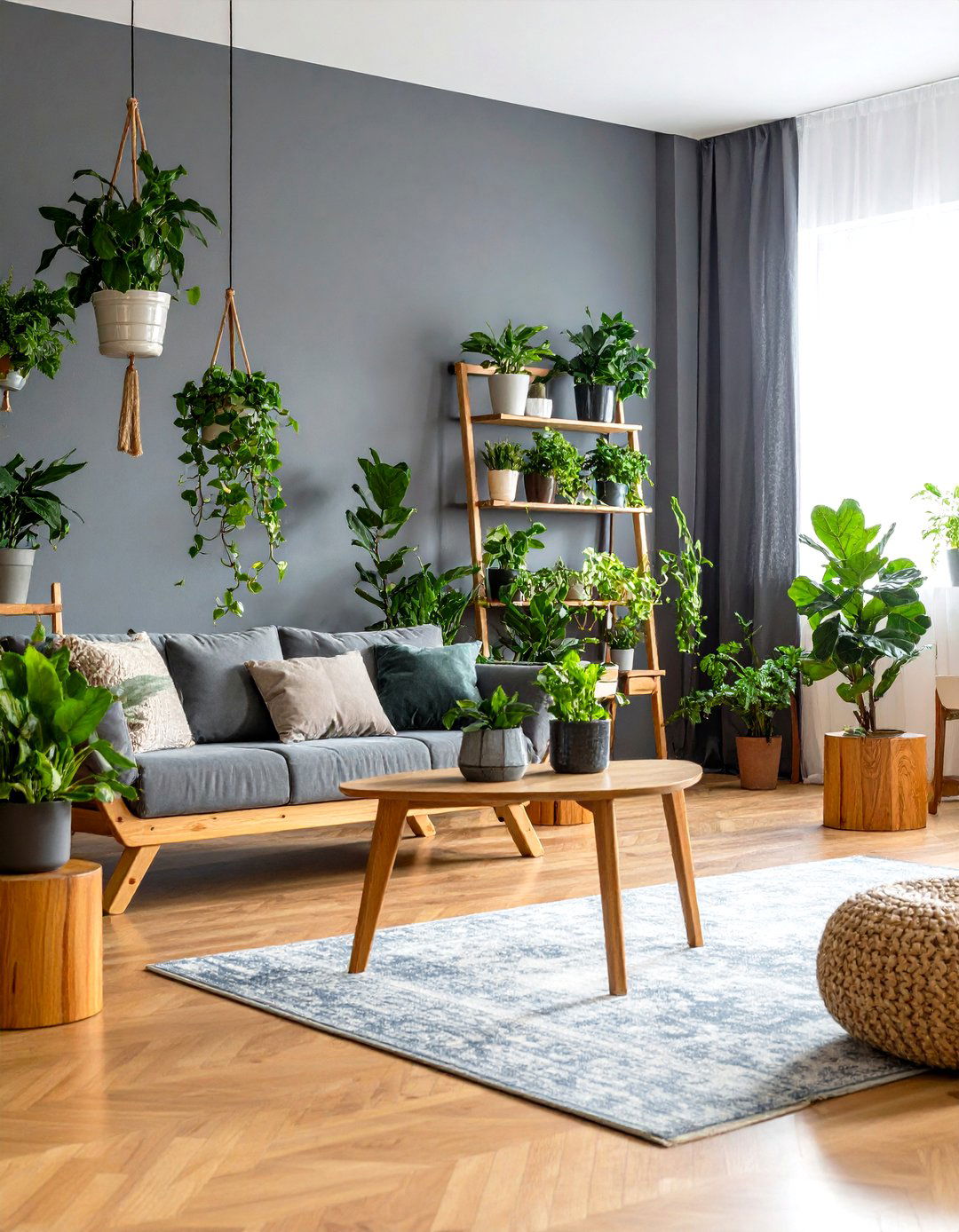
Surprisingly, nothing reinvigorates a gray living room faster than an infusion of living green. A towering fiddle-leaf fig breaks vertical monotony, while trailing pothos soften bookshelf edges and add natural texture. Because gray’s neutral backdrop intensifies foliage color, even simple succulents read like artful accents. Elevate your plants on wooden or ceramic stands to keep floors free and create varied eye levels. If light is scarce, choose tolerant species like ZZ plants or use grow-bulb floor lamps that double as design statements. Finish with a botanical print pillow to echo the greenery and pull the scheme together.
8. A Versatile Gray Sofa Centers the Living Room

For many households, a gray sofa acts as the anchor around which the entire gray living room revolves. The neutral fabric hides everyday wear better than pale beige yet feels calmer than bold jewel tones. Swap pillow covers seasonally—burgundy velvet in winter, striped linen in summer—to refresh the palette in minutes. Floating a slim console behind the sofa adds staging for lamps and baskets, breaking up the block of fabric. When walls share a similar mid-gray, a textured throw or tufted ottoman prevents the sofa from disappearing, ensuring comfortable contrast without clutter.
9. Charcoal Cocoon Sets a Moody Gray Living Room
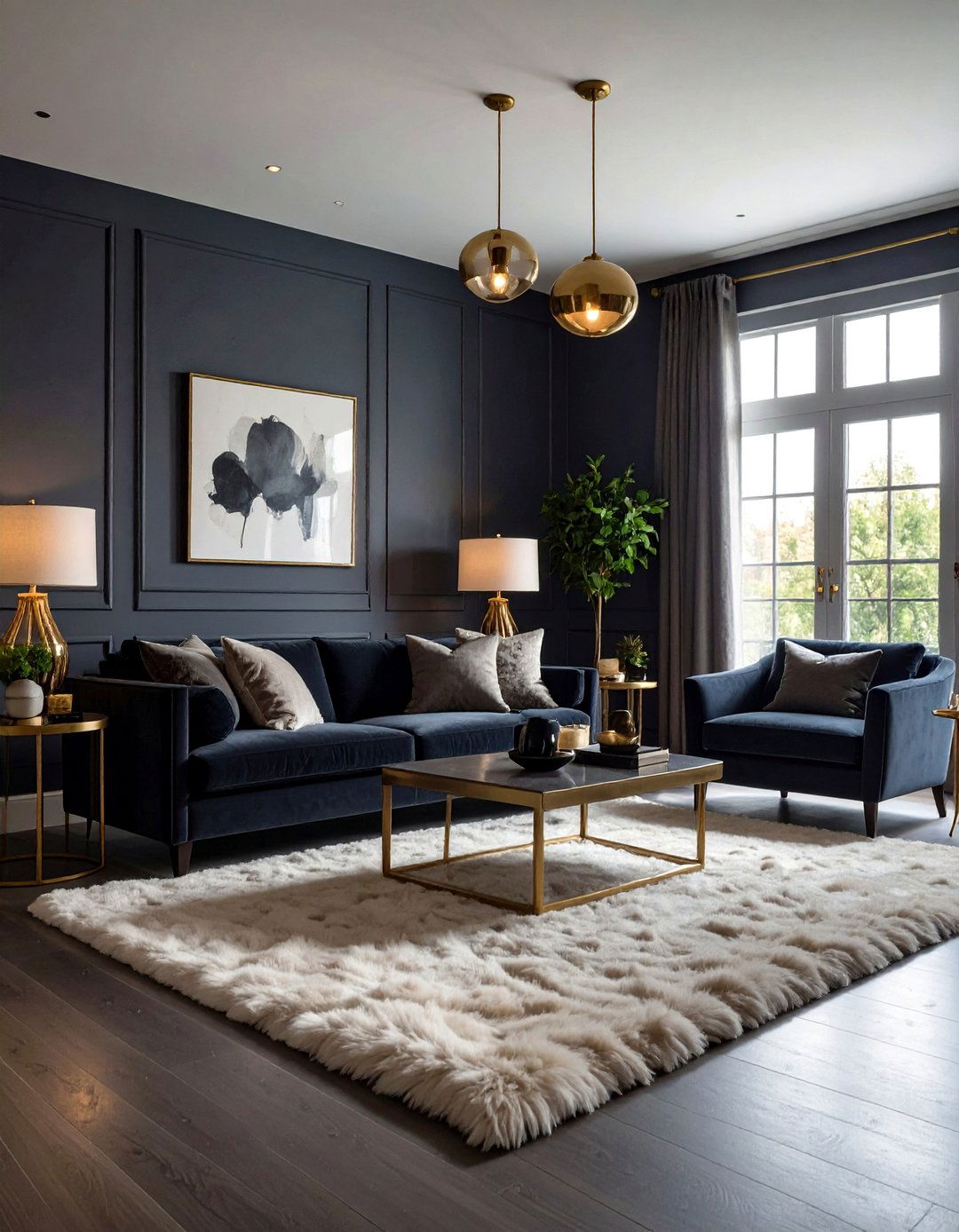
Despite fears of darkness, a charcoal gray living room can feel wonderfully cocooning when balanced with strategic lighting and plush textiles. Paint all four walls—even the ceiling—then introduce velvet cushions and a faux-fur rug so the space reads intentionally enveloping, not oppressive. Brass reading lights and glass-shade sconces bounce warm highlights across the deeper tones, preventing a cave effect. Keep larger furniture shapes low-slung to let the walls stand front-and-center, and hang art with generous white mats for crisp relief. Guests will lean back and relax, surprised by how cozy dark gray can be.
10. Dove-Gray Airiness for Minimalists
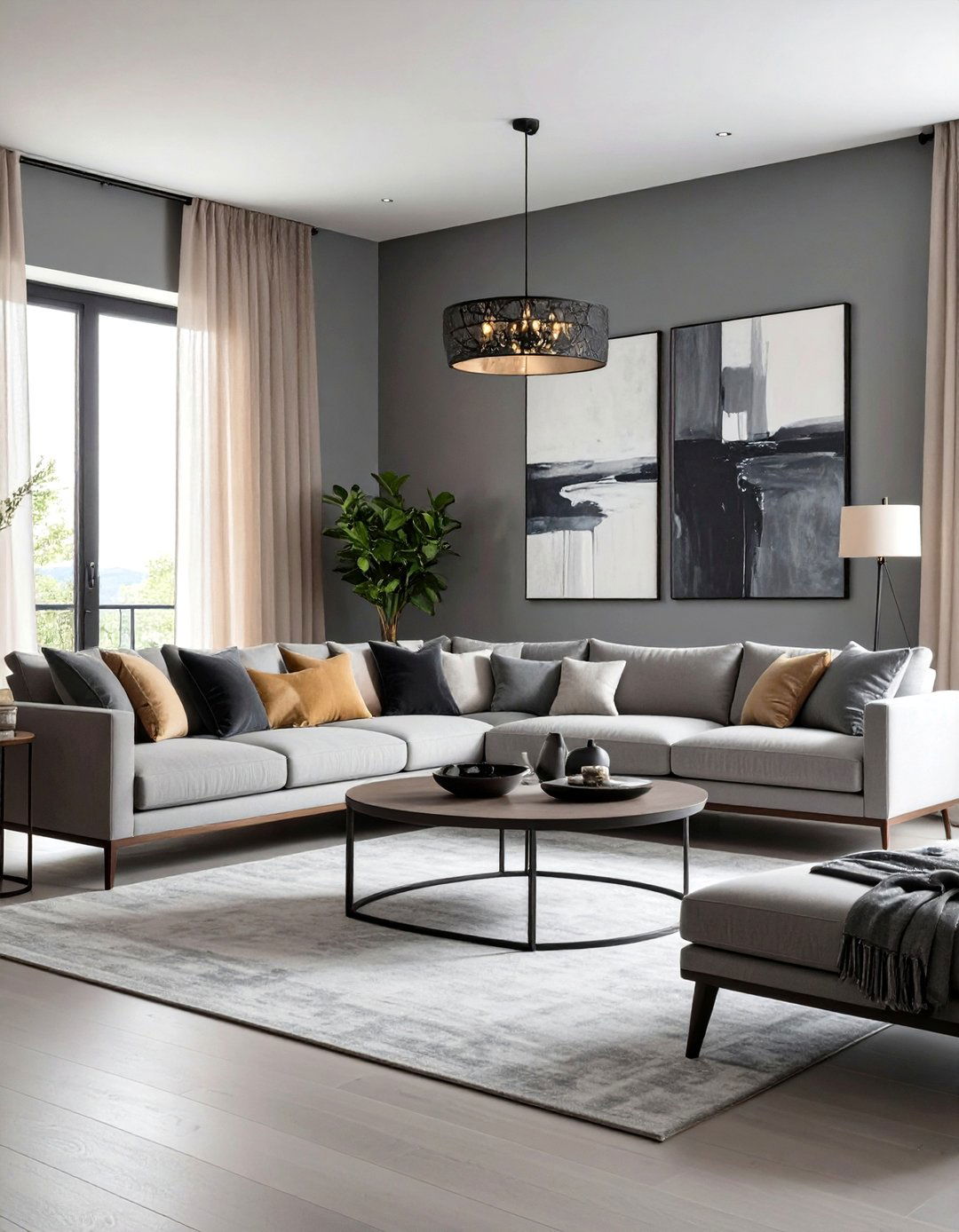
When daylight is your décor, pale dove gray paints the perfect whisper-quiet backdrop for a minimalist gray living room. The faint undertone reduces glare yet keeps the space feeling breathable. Pair it with slim-profile furniture on slender legs so shadows fall lightly, emphasizing the room’s visual lightness. Instead of heavy curtains, choose sheer linen panels matching the wall tone for a seamless window transition. A single oversized canvas in grayscale brushstrokes continues the monochrome narrative while adding subtle movement. Remember to include a contrasting texture—like a boucle pillow—to stop the serenity from drifting into sterility.
11. Color Drenching Every Surface in Gray
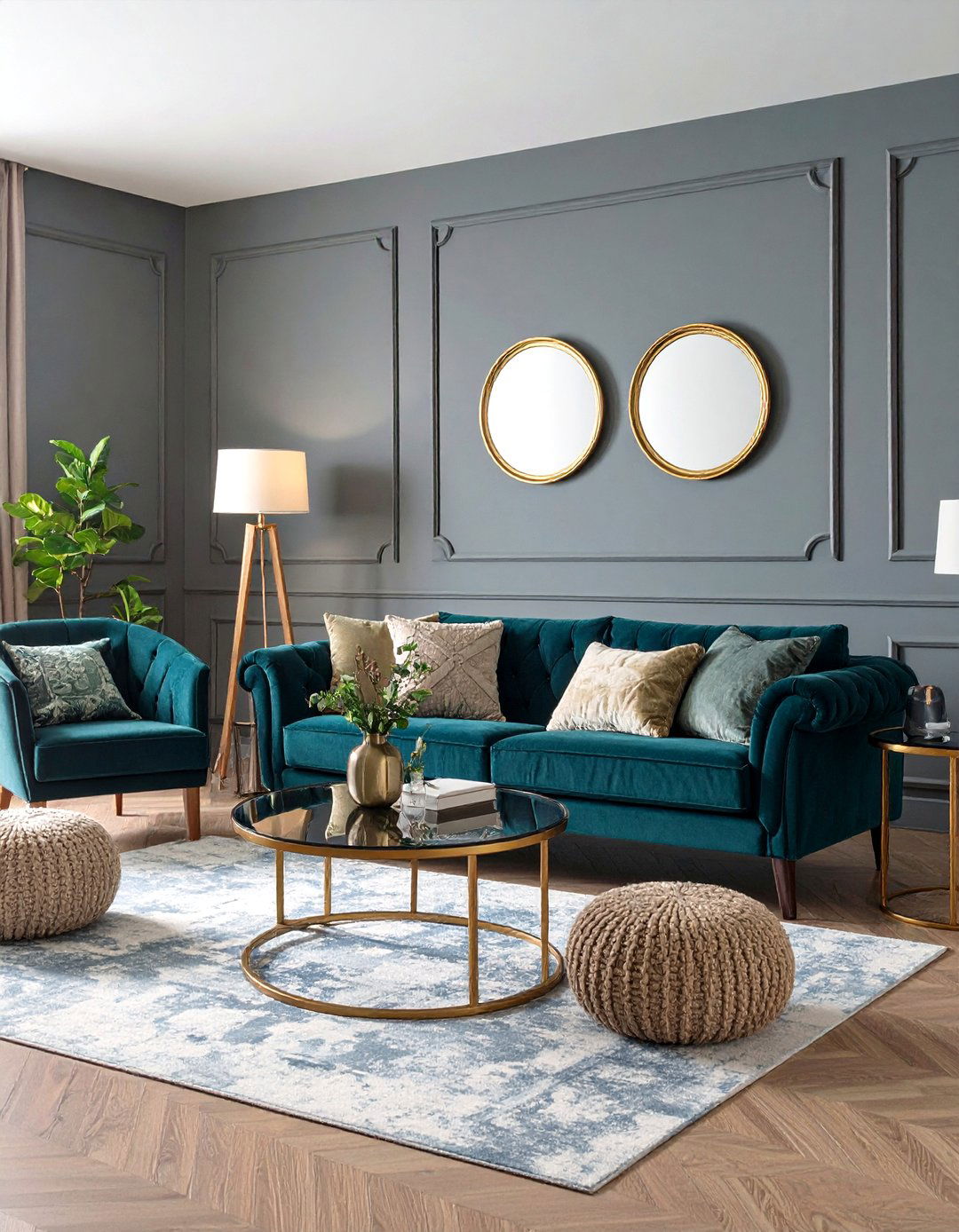
An immersive twist involves color-drenching a gray living room—painting walls, trim, doors, and even radiators the same shade for uninterrupted flow. Designers note that when everything shares one hue, moldings pop through light-shadow play rather than contrasting color. Finish the scheme with fabric-covered switch plates and gray-toned outlet covers so nothing distracts the eye. A mirrored coffee table and textured boucle sofa then step forward, proving you can have depth without multiple paint colors. While bold, the result feels surprisingly serene, like stepping into a contemporary art installation designed for lounging.
12. Pattern-Rich Rugs Underpin a Gray Living Room

In many cases, the quickest way to stop a gray living room from feeling flat is to roll out a patterned area rug that blends gray with harmonious hues. Think Moroccan diamond motifs in cream and charcoal or abstract watercolors where mid-gray bleeds into soft blush. Choosing a rug larger than the seating cluster anchors furniture and defines conversation zones—essential in open-plan layouts. Ground cushions or poufs on the pattern’s edge so prints peek out, echoing shapes in throw pillows for consistency. Vacuum regularly and rotate every six months to keep traffic from fading the design unevenly.
13. Layered Lighting Softens a Cool Gray Living Room

Before the sun sets, think of lighting as the mood dial of a gray living room. Start with warm-temperature LED bulbs in overhead fixtures to erase gray’s potential chill. Then place task lamps beside seating and add strip lighting behind shelving to create pools of glow at different heights. Dimmer switches or smart bulbs let you pivot from reading brightness to movie-night ambiance with a voice command. Finally, position a candle cluster on a mirrored tray; the flicker adds organic movement, breaking up static wall colors so the room feels inviting once daylight bows out.
14. Mixed Textiles Enrich a Gray Living Room
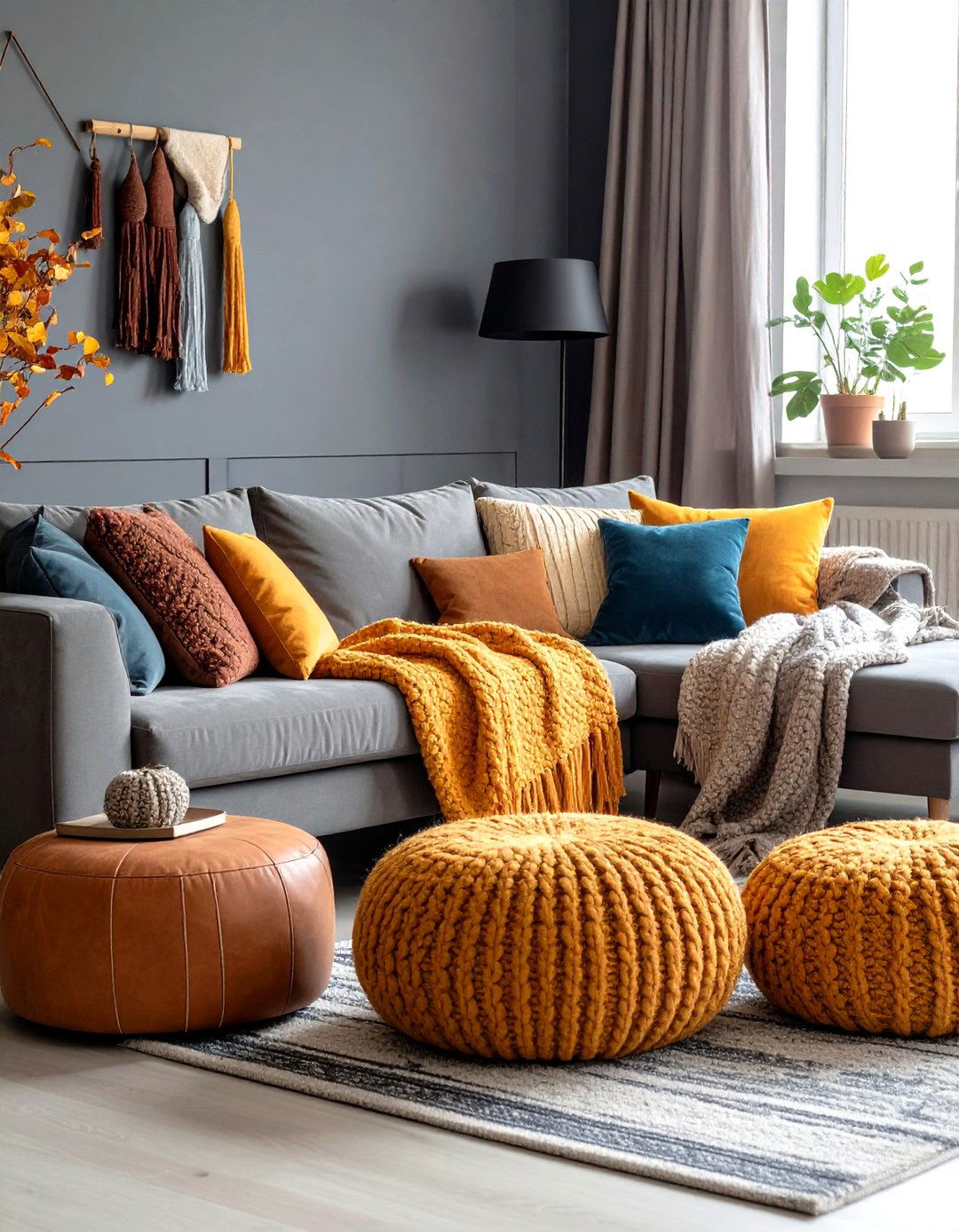
Studies show tactile variety directly influences how cozy a room feels, so bring that science to your gray living room by blending fabrics. Velvet cushions, chunky-knit throws, linen drapes, and a leather ottoman give hands and eyes something new at every glance. Keep the palette mostly gray, but vary undertones—cool slate beside warm greige—so the monochrome scheme sings. Texture layering is especially effective on large neutral sofas that risk looking uniform. If budget is tight, wrap existing throw pillows in new covers or drape a thrifted wool blanket over the back of a chair to add instant depth.
15. Guava Accent Sparks Joy in a Gray Living Room

This year’s breakout guava hue—a sun-kissed mix of coral and pink—creates a striking accent against gray living room walls. Introduce it through linen cushions, a hand-thrown ceramic vase, or the painted inside edge of shelving for a fruity punch without repainting everything. Designers note the warm undertone stimulates feelings of nostalgia and happiness, balancing gray’s cool composure. Repeat the color sparingly—once on the sofa, once on a print, once in fresh blooms—so it feels deliberate instead of random. Because guava pairs beautifully with brass, a slim metal tray or lamp lets both tones shine in harmony.
16. Zone-Creating Seating Mix in a Gray Living Room
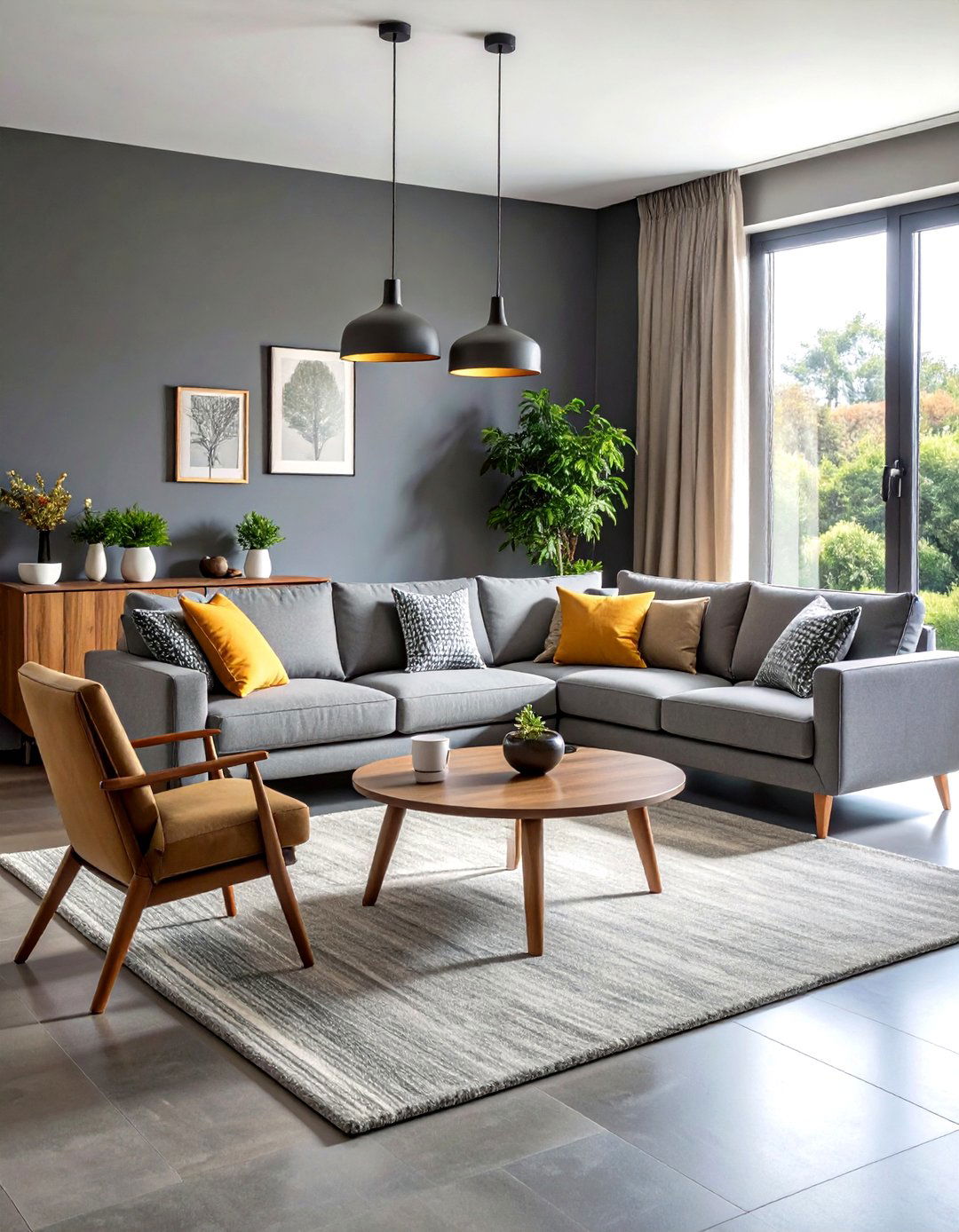
Meanwhile, multi-dimensional seating layouts can transform a gray living room into a social hub suitable for work, play, and rest. Place a love seat perpendicular to a main sofa to create a conversation nook, then slide an accent chair on a swivel for flexible overflow. Mixing leg finishes—black metal here, natural wood there—helps each piece stand alone while staying cohesive thanks to the shared gray backdrop. Anchor the grouping with a round coffee table that encourages flow, and use varying cushion heights to create a layered skyline of soft texture. Every seat offers a fresh perspective, inviting guests to linger.
17. Sculptural Lighting Becomes Art in a Gray Living Room
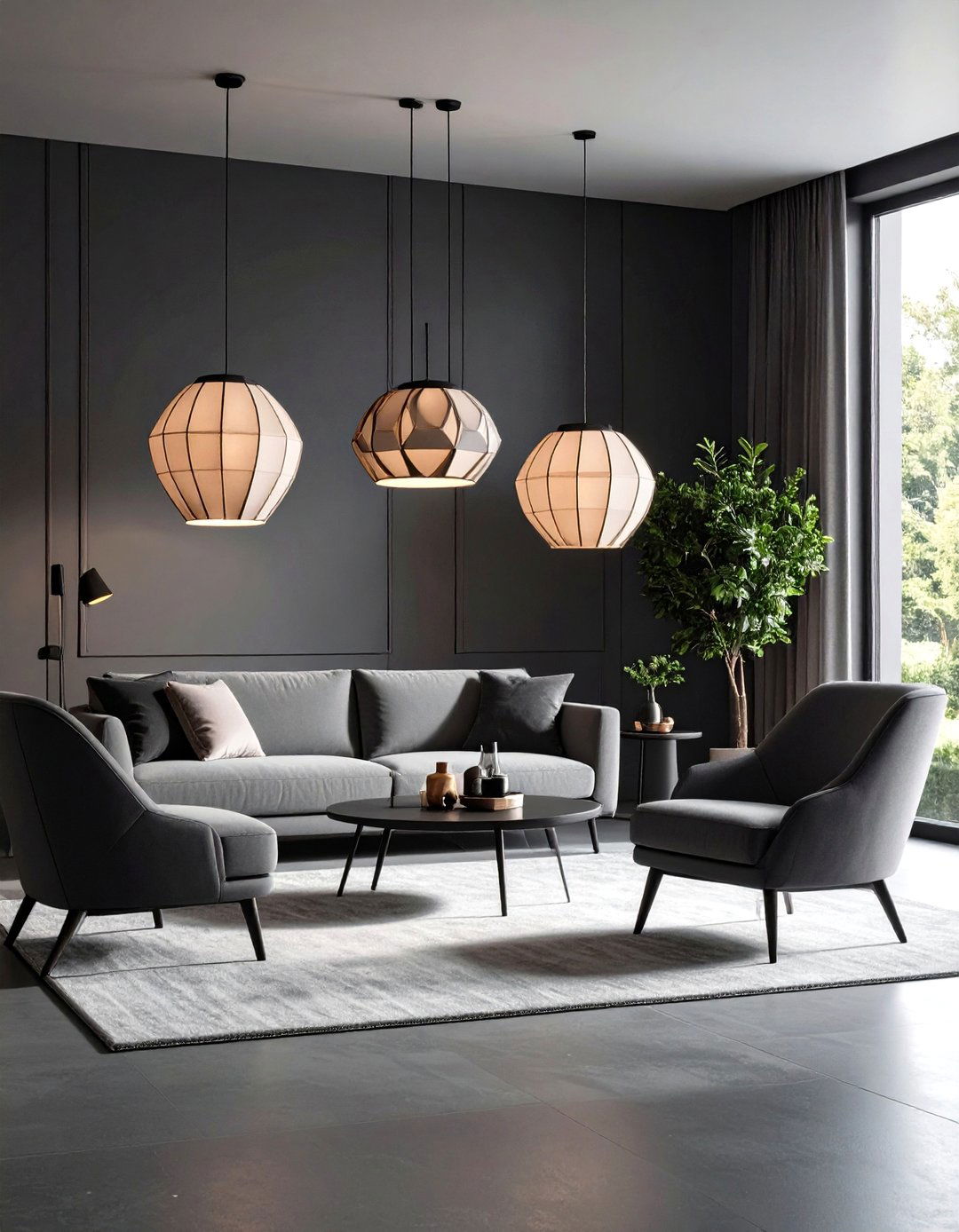
With wall art sometimes pricey, sculptural lighting doubles as functional artwork in a gray living room. Think arched floor lamps that swoop like metal ribbons or geometric pendants casting playful shadows on gray paint. Because the neutral backdrop recedes, the fixture’s silhouette reads crisp and dramatic, especially when dimmed. Pair statement lights with low-profile furniture so they remain the tallest visual point. Installing smart bulbs lets you shift from bright task illumination to colored mood washes, extending the artistic effect. A quick evening glow-up highlights textured walls and proves you don’t need canvases to create conversation-starting focal points.
18. Crisp White Trim Frames a Gray Living Room
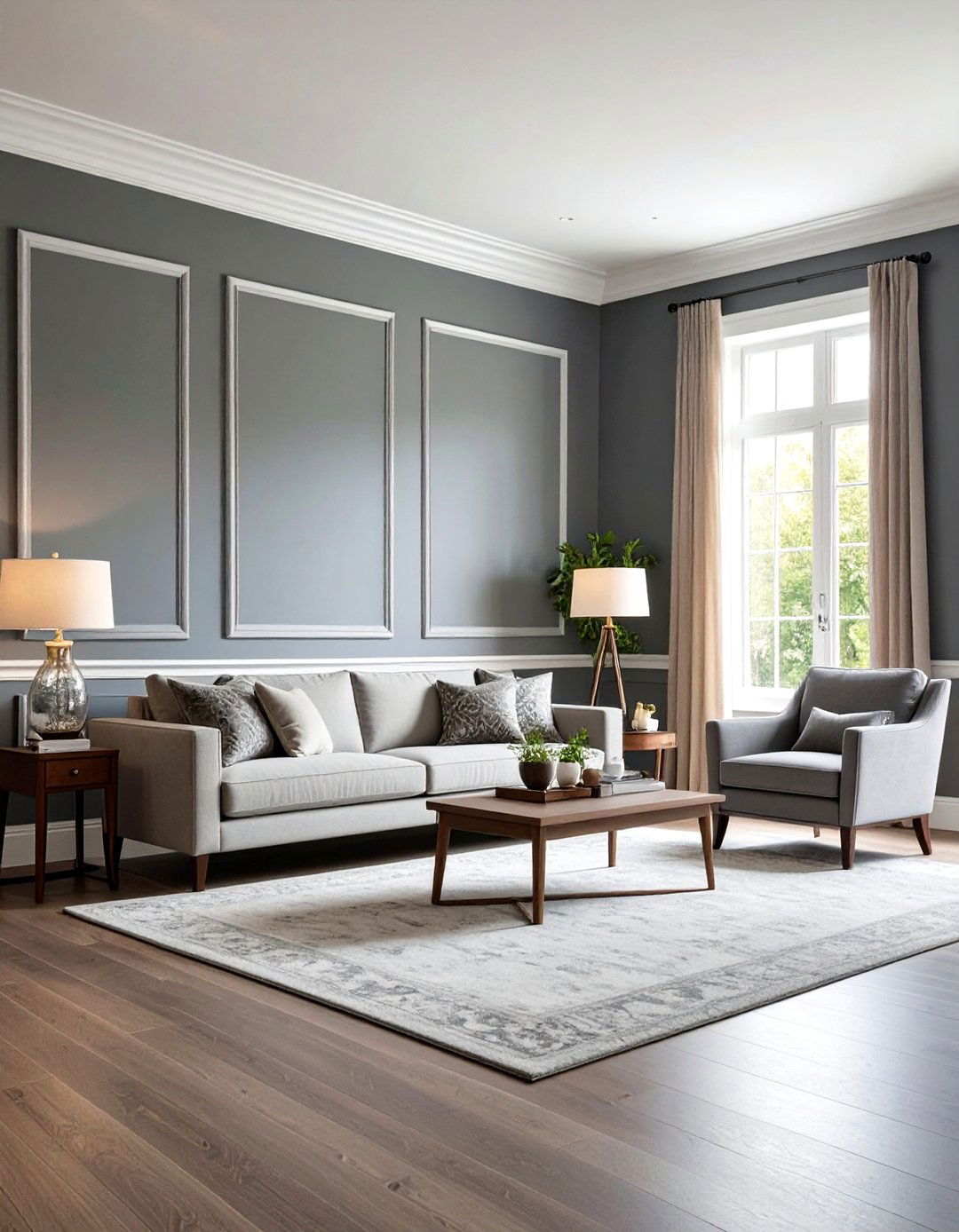
Despite trends toward monochrome, crisp white trim still frames a gray living room beautifully, adding architectural sharpness and a sense of expanded daylight. Paint baseboards, crown molding, and window casings in a clean white with a semigloss sheen; the subtle reflectivity bounces light deeper into the room. Match your white’s temperature to your gray—cool whites for bluish grays, warm whites for greige—to avoid jarring contrast. If you crave just a hint of drama, install picture-frame molding and paint the inside panels a slightly lighter gray for tailored depth. That simple paint trick can mimic expensive architectural upgrades.
19. Stone and Concrete Accents Ground a Gray Living Room
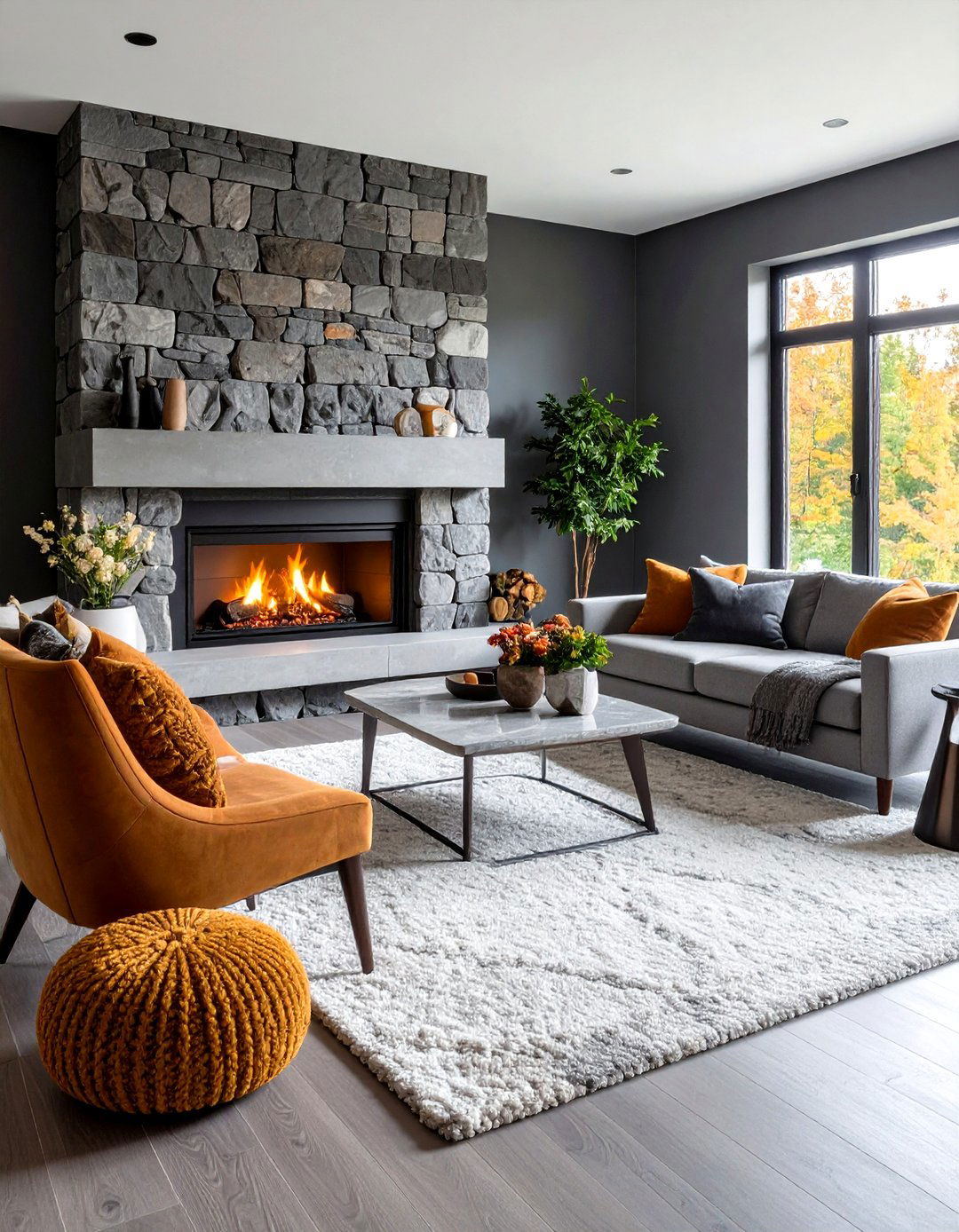
Owing to their mineral roots, natural stone and concrete elements harmonize effortlessly with any gray living room. A concrete-look fireplace surround offers subtle texture without introducing new hues, while marble side tables deliver delicate veining that ties back to wall tones. If ripping out features isn’t feasible, concrete-finish paint kits can transform a plain planter or tabletop in a single weekend. Balance the cool surfaces with a fluffy wool rug or shearling throw for tactile contrast. The interplay between hard and soft textures keeps the space grounded, sophisticated, and far from sterile.
20. Graphic Black-and-White Prints Energize a Gray Living Room

Finally, graphic black-and-white artwork or patterned cushions inject bold rhythm into a gray living room without departing from its neutral palette. Choose oversized stripes, herringbone, or abstract line drawings to build visual tempo against softer gray backgrounds. When stacking prints in a gallery wall, alternate thick and thin frames so the arrangement feels dynamic. A monochrome-striped rug can echo the motifs overhead, anchoring the room with coordinated energy. Keep surfaces uncluttered so high-contrast patterns remain the star rather than visual static. The result is a space that feels crisp, contemporary, and alive—proof gray need never mean dull.
Conclusion:
Gray’s versatility shines brightest when you treat it as an adaptable stage, not a final word. The ideas above prove a gray living room can swing from restful dove serenity to glamorous charcoal drama to guava-kissed vibrancy. By layering textures, balancing light, and introducing deliberate accents, you transform one neutral into an ever-evolving reflection of your personality. Whether you choose to drench every surface or highlight architectural trim, consistent undertones and varied finishes keep the look polished. Embrace gray’s chameleon nature, and your living room will feel timeless, welcoming, and uniquely yours.



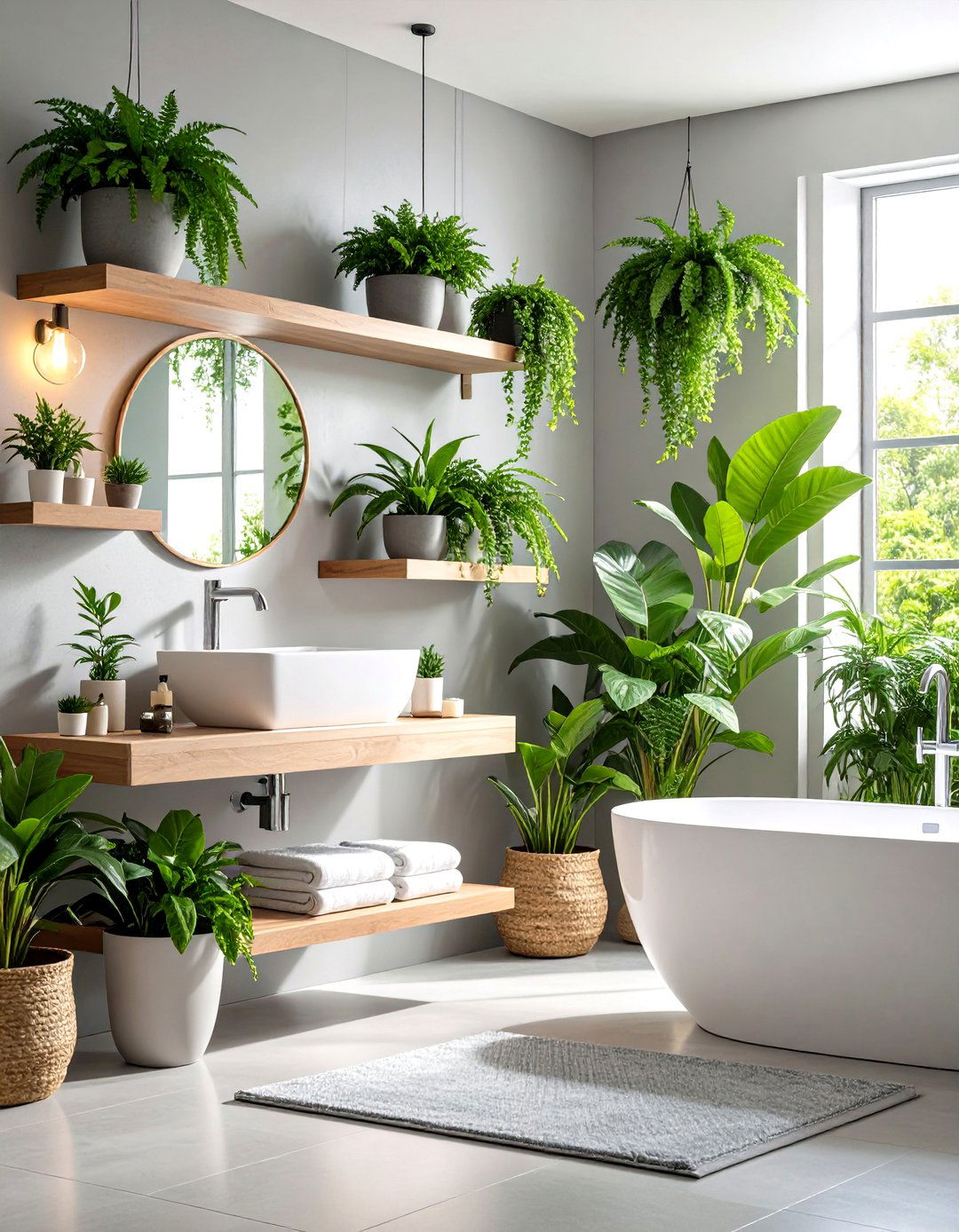
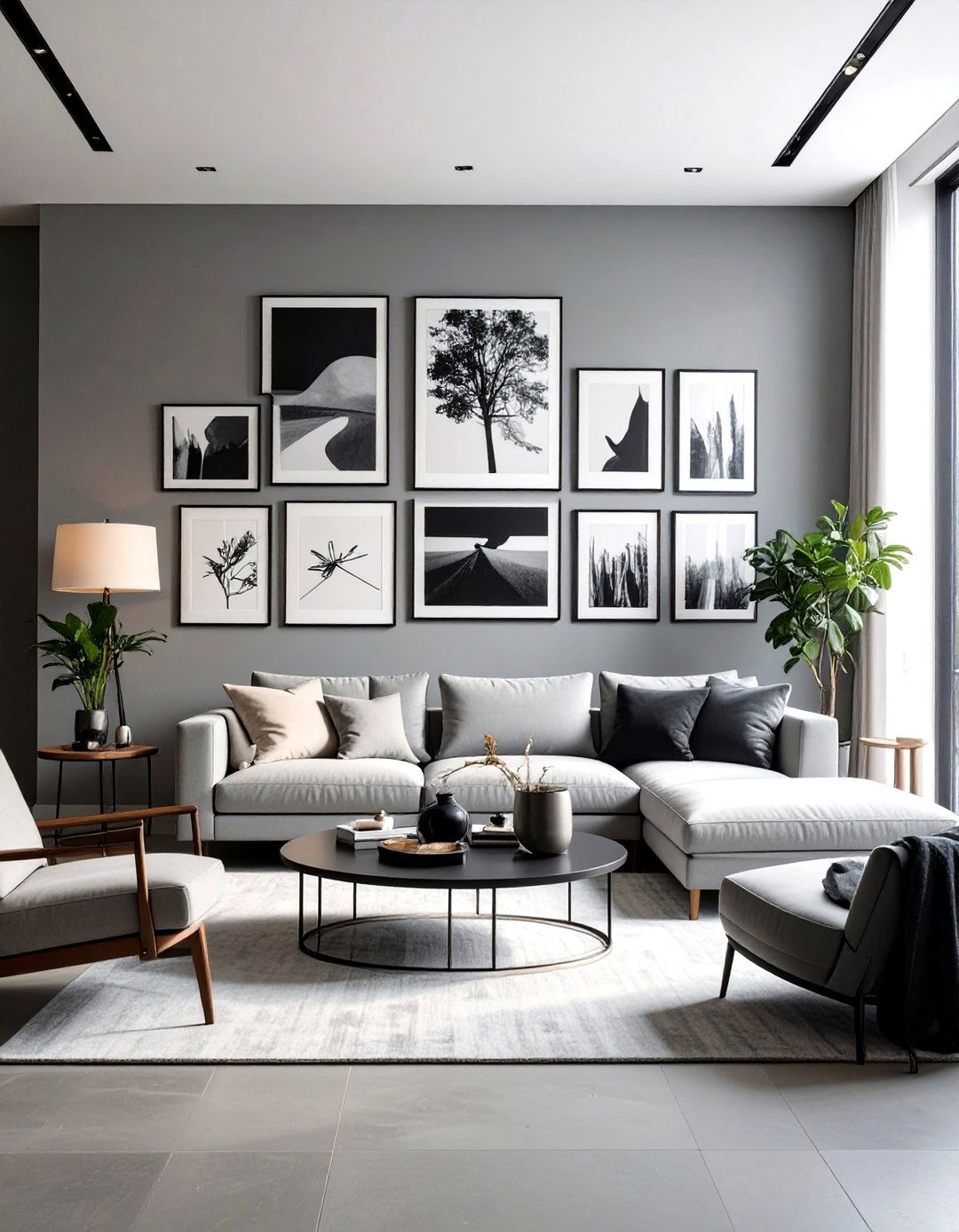
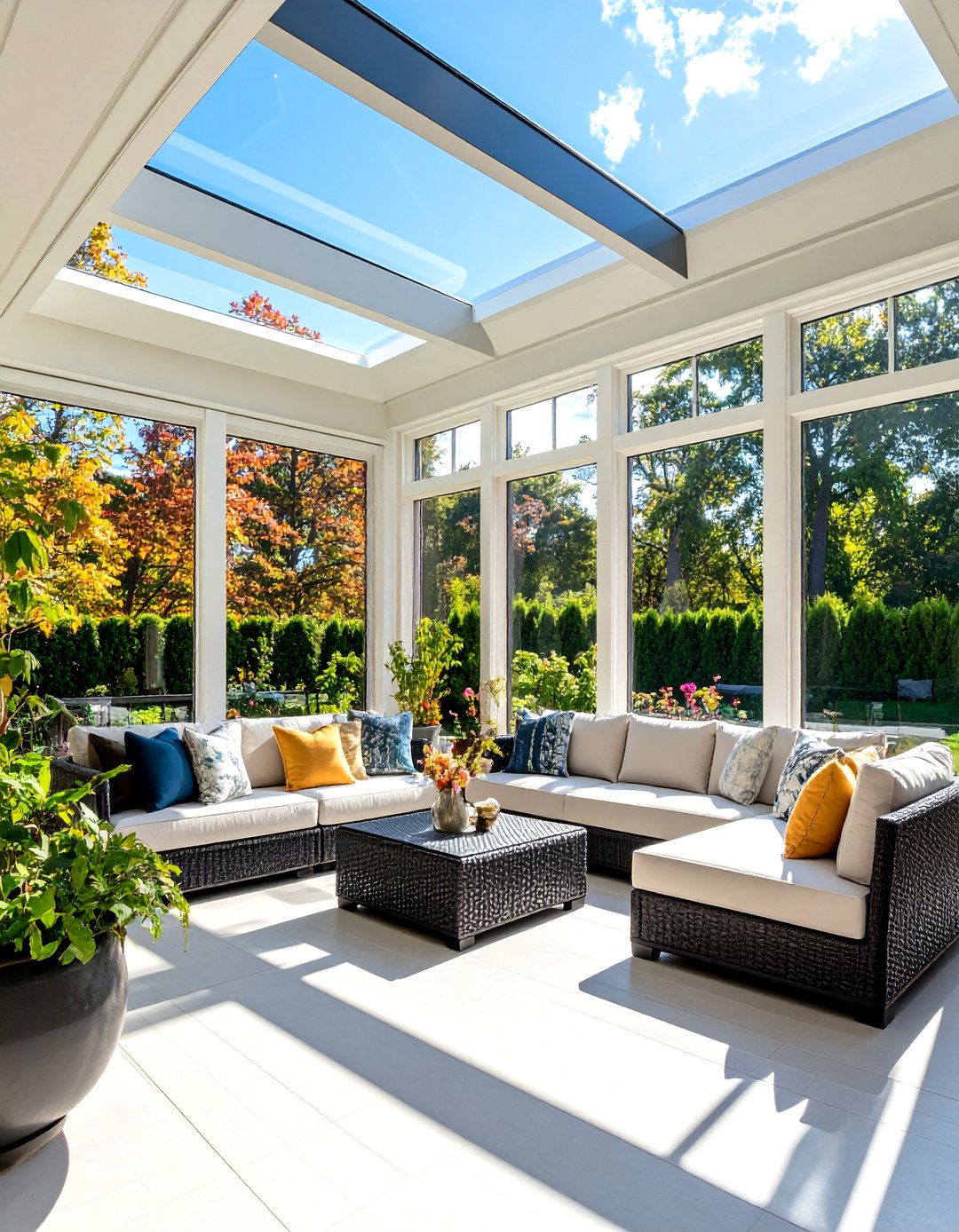
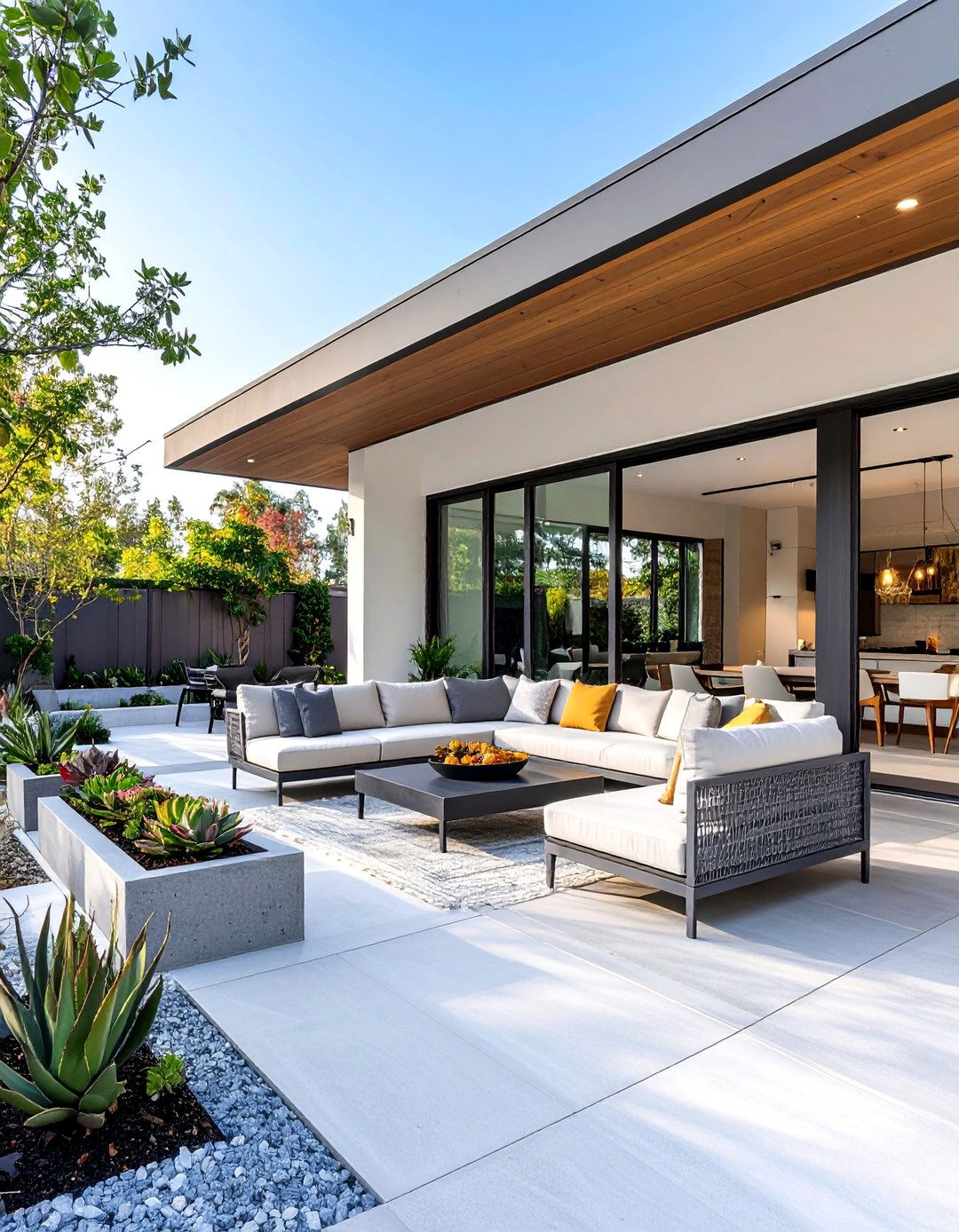
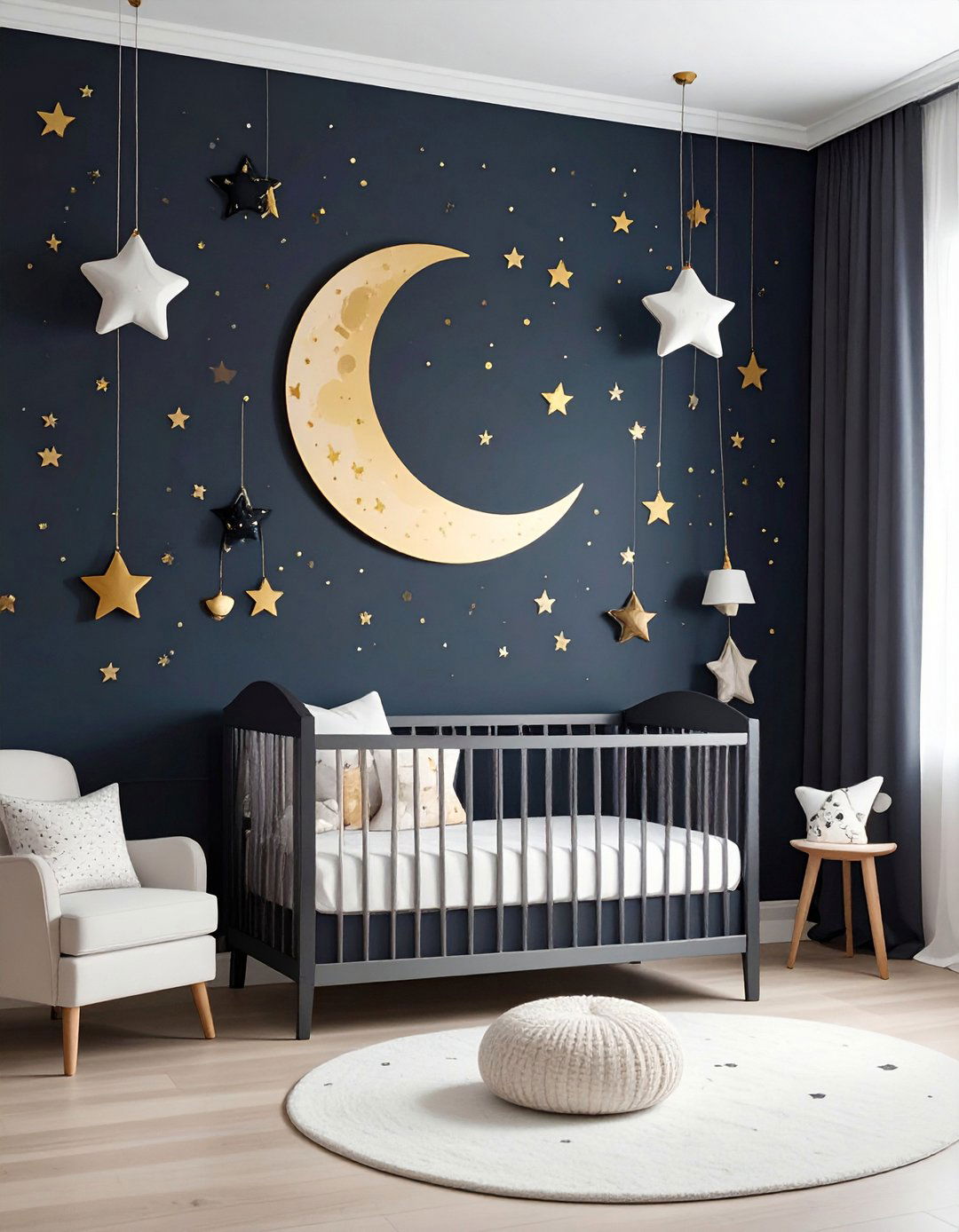


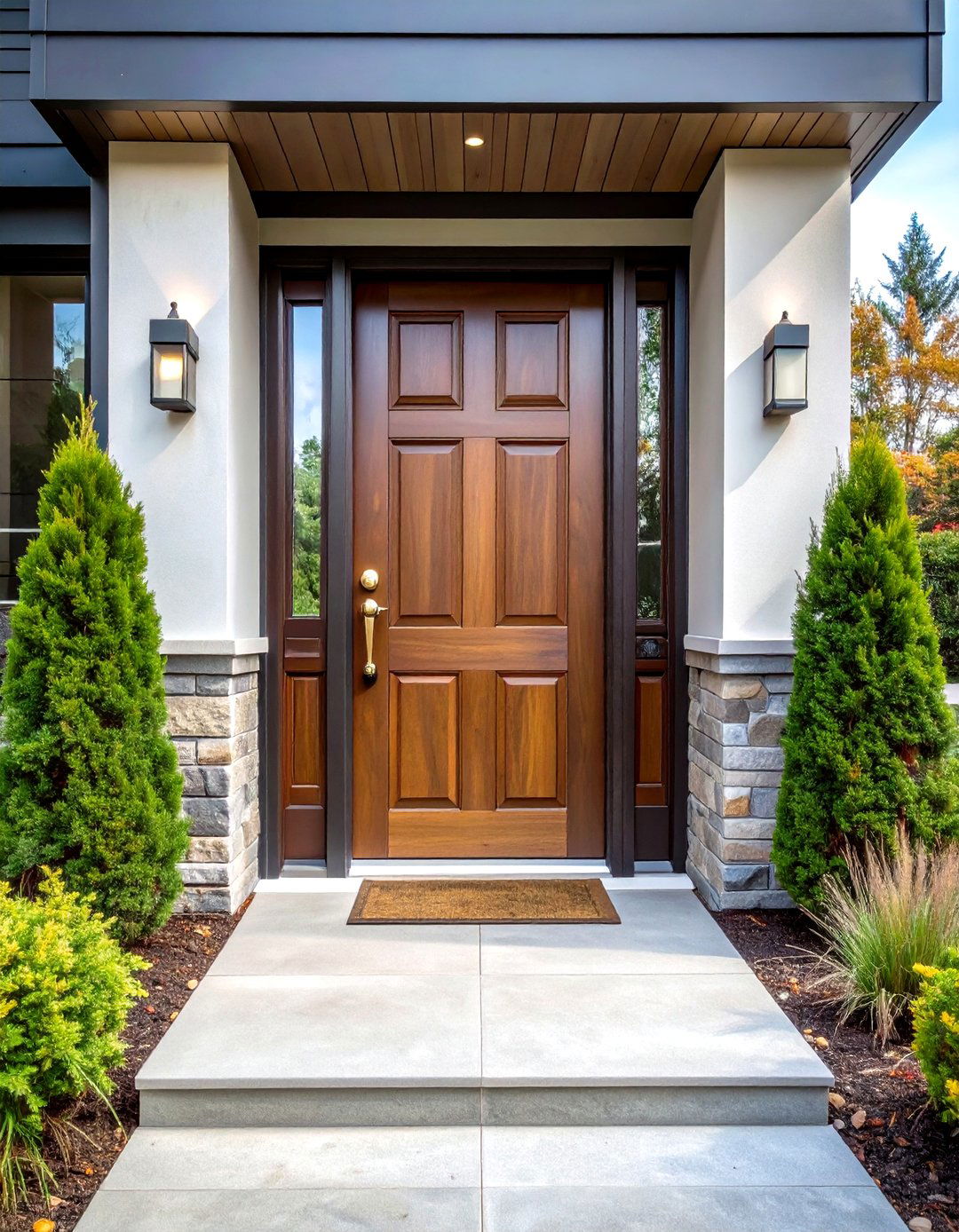

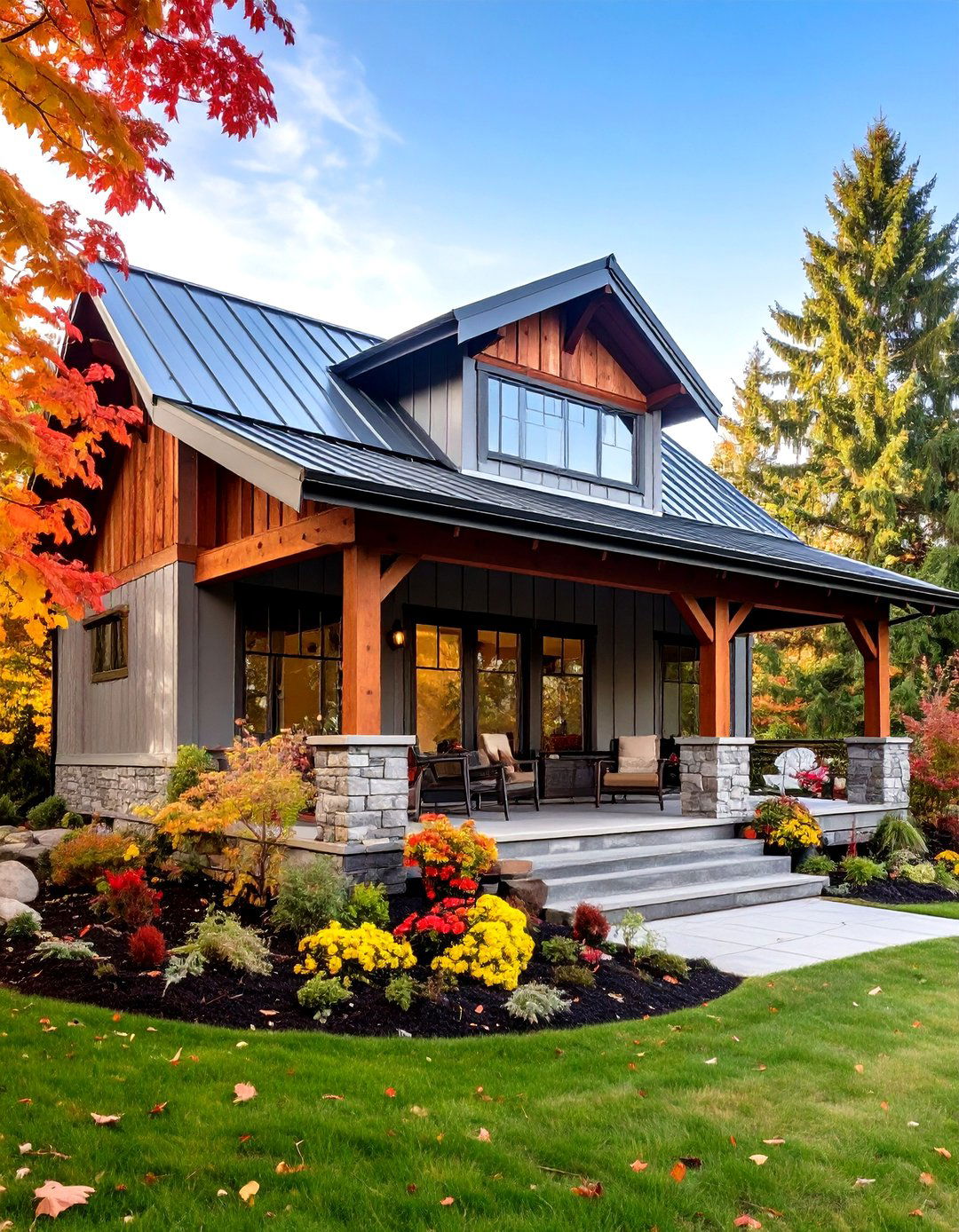
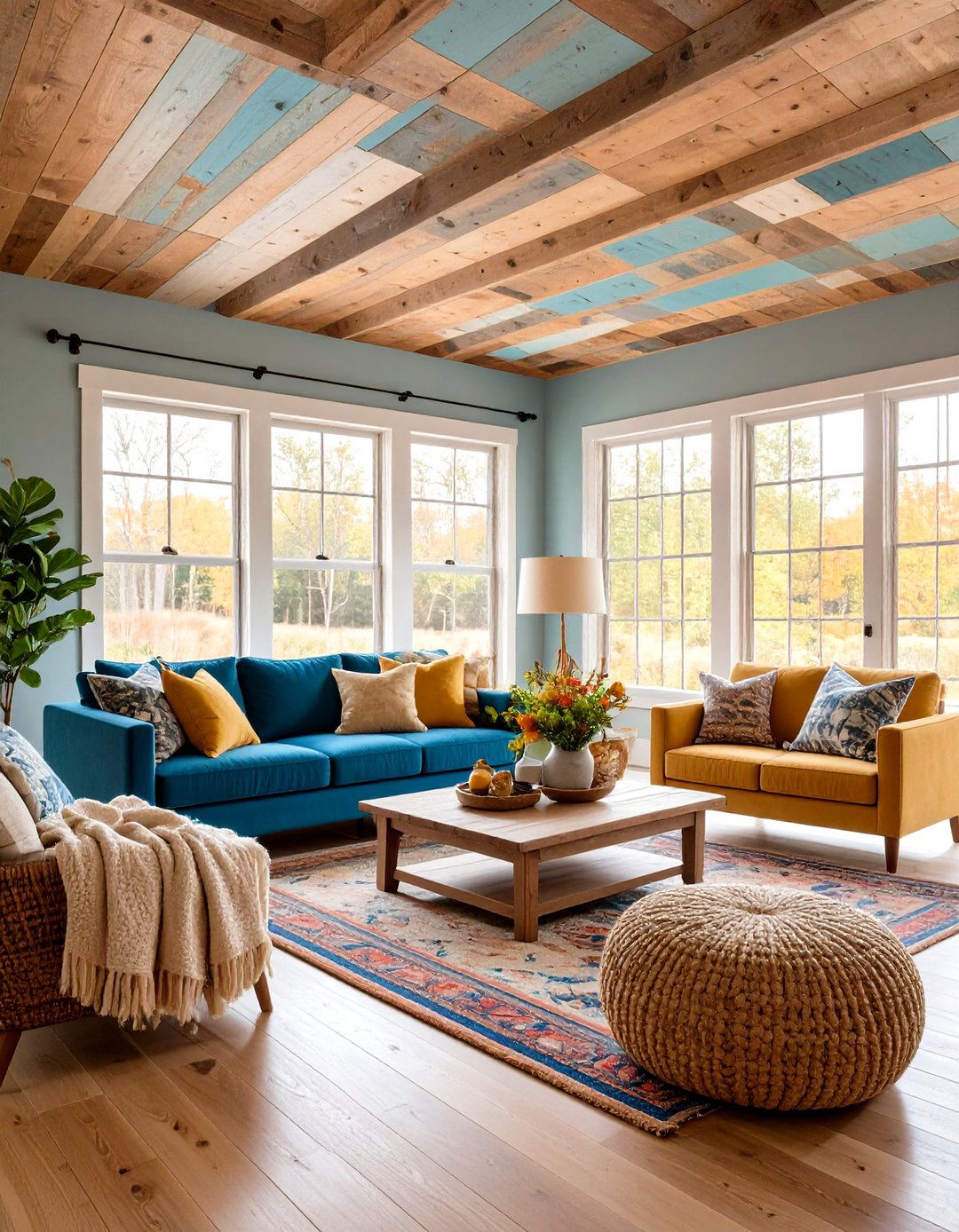
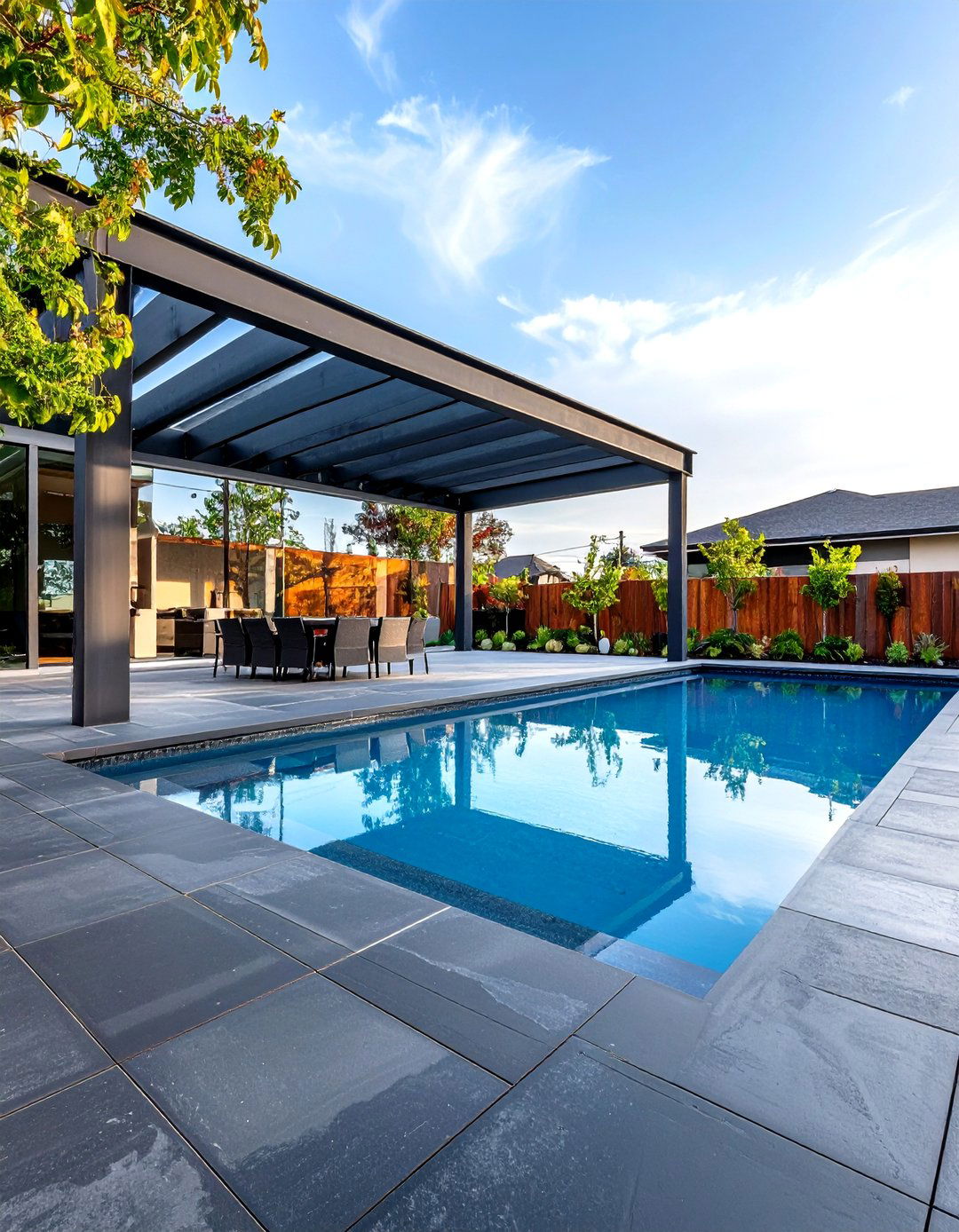
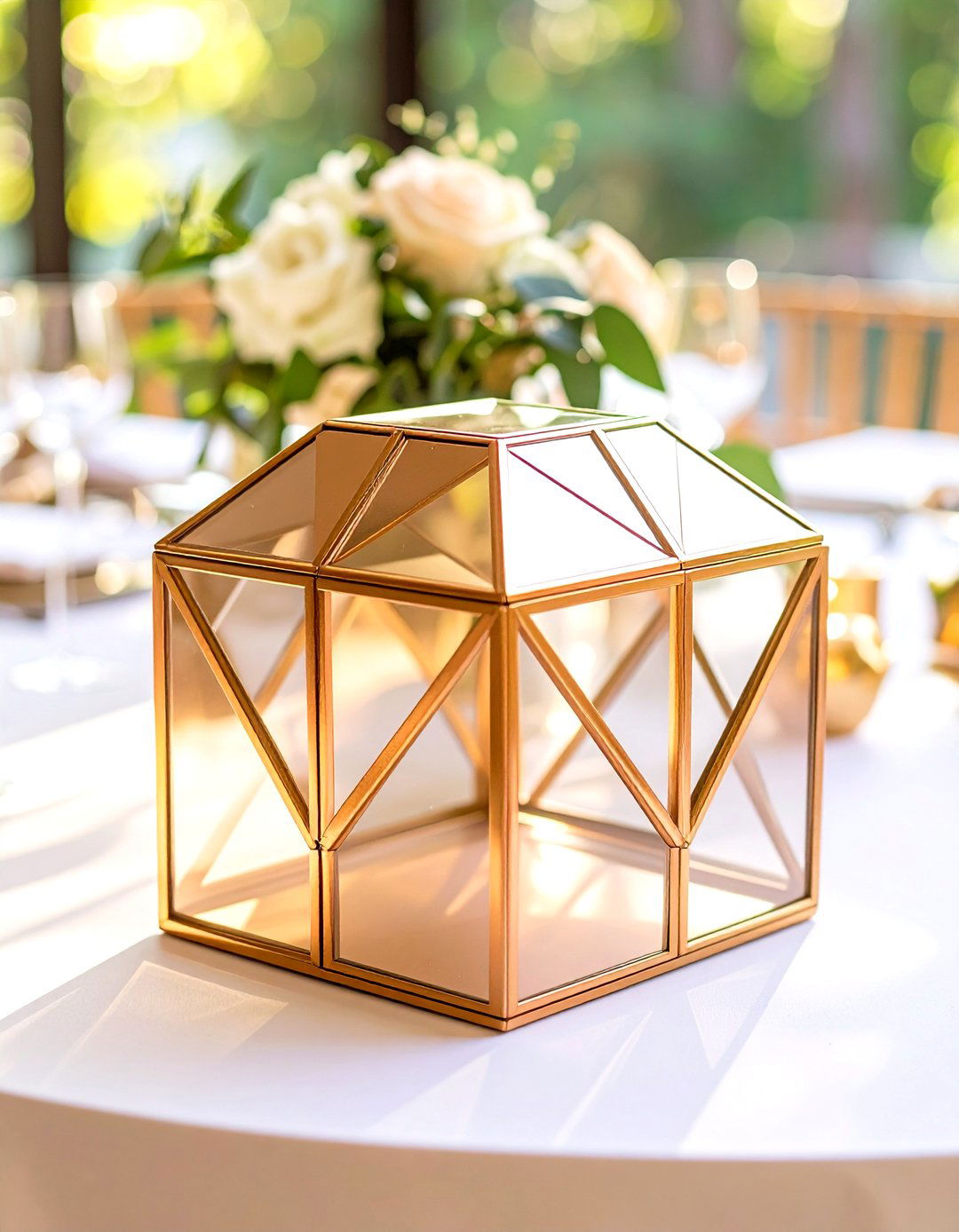
Leave a Reply